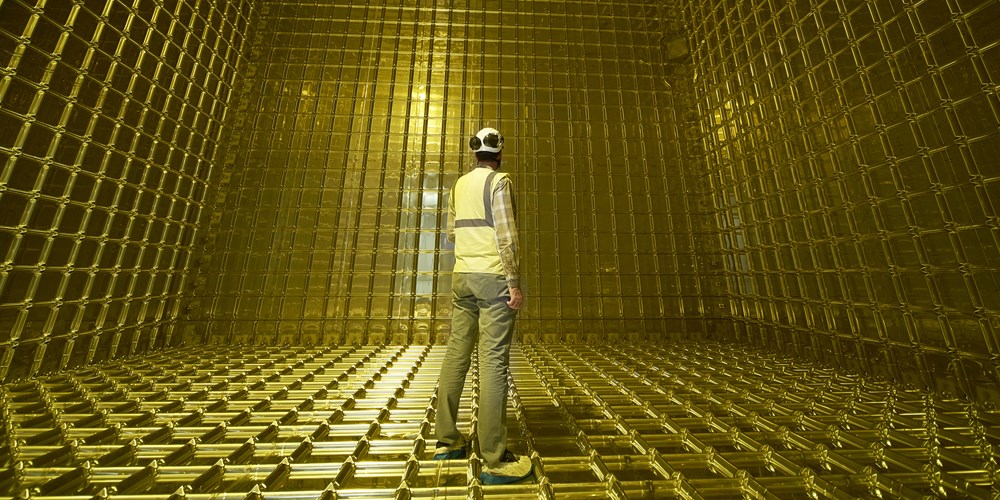A large team of scientists comprising of more than 1000 scientists from 30 different countries are preparing to take a closer look at the smallest subatomic particle called the neutrino. Studying this particle is expected to solve some of the science’s biggest unresolved questions. The Deep Underground Neutrino Experiment (DUNE) involves shooting beams of neutrinos from a particle accelerator in suburban Chicago through the Earth to a neutrino detector which is set up in an abandoned mine around 800 miles away in South Dakota.
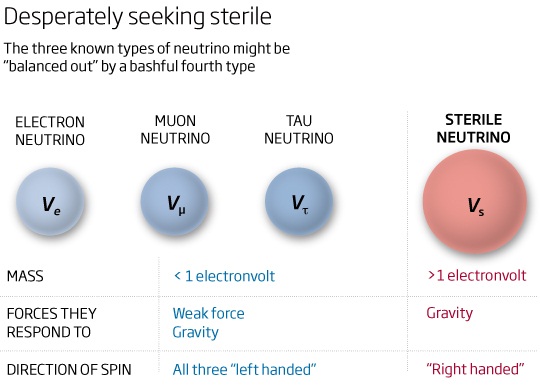
The DUNE has not been in operation for many years and the scientists are working on necessary modifications to the accelerator, and building smaller, prototype versions of the vast detector. There might be something more the scientists learn while making the modifications. Edward Blucher, DUNE’s co-leader, from the University of Chicago said, “You can live a happy life without knowing much about neutrinos, but they’re one of the real keys to the way our universe developed after the Big Bang, and why it works the way it does. Right now scientists guess that the most plausible explanation is that neutrinos played a key role in what happened early in the universe, but DUNE is going to give us some real hints as to what actually happened.”
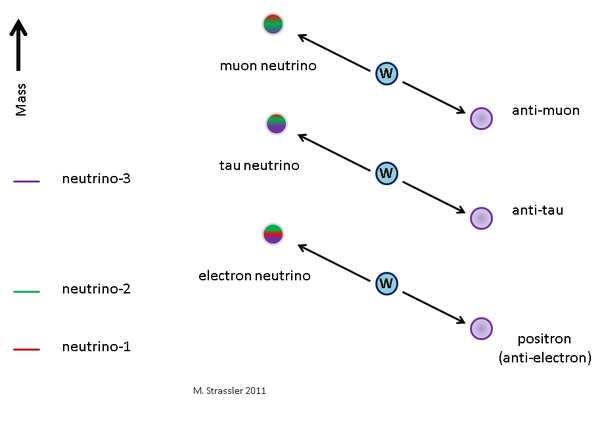
The scientists are hoping that DUNE might give them the answer to Why is there matter in the universe? This sounds like a silly question but the physicists are working to find its answer since the 1920s. Physicists have believed that the Big Bang produced equal amounts of matter and identical but opposite charges of substance which is known as antimatter. If their belief is correct then why is antimatter non-existent in the universe while the matter is present everywhere and is a part of everything?
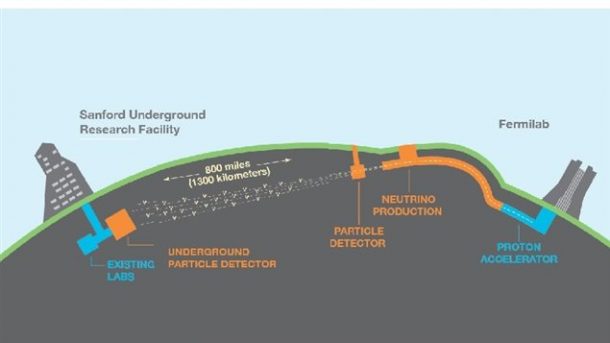
The DUNE scientists believe that they can take a major step towards the answer of this fundamental question by proving it for the first time that neutrinos and antineutrinos have different behaviour. A single neutrino is not much except for a mote of matter which has less than less than one billionth of the mass of a hydrogen atom. However, they are produced in large quantities by the nuclear reactions which take place continuously in the sun and the stars. Nigel Lockyer, director of the Fermi National Accelerator Laboratory (Fermilab), said, “This experiment is one small step in a journey to try and understand what actually happened in the very early universe. Neutrinos are absolutely everywhere, they’re the most ubiquitous particle in the universe, so they must have played a big role.”
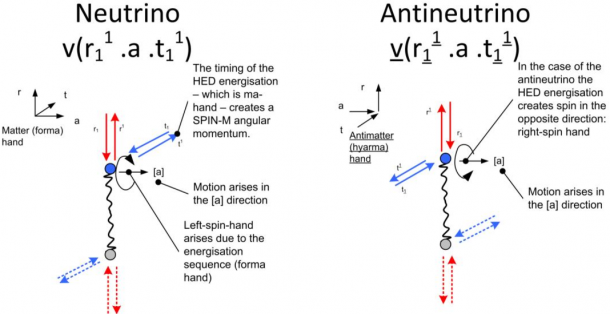
Physicists believe that in the first millionth of a second after the Big Bang, the world was made up of a swirling mass of neutrinos and antineutrinos. Later on, it decayed and formed particles of matter and antimatter. Neutrinos are considered to have decayed at a faster rate than the antineutrinos. They produce an excess of matter which ultimately leads to the universe in which we are living today. Blucher said, “To prove this, we’d love to build a very powerful accelerator to produce those conditions in the early universe and study how those neutrinos decayed. The trouble is, the energy you would need is probably a billion times larger than for CERN’s Large Hadron Collider. It’s an experiment that people don’t think you could possibly do.”
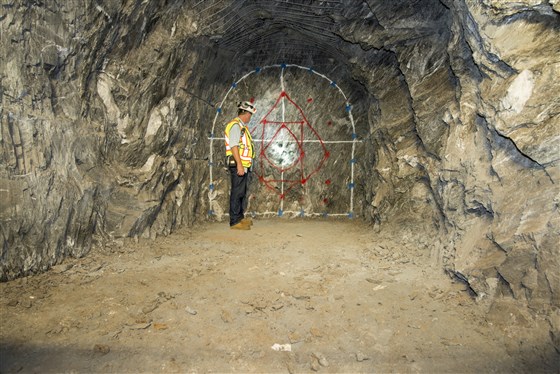
DUNE scientists believe that if they gather enough evidence to prove that the varying decaying rates really explain the preponderance of matter, then they can easily study the behaviour of neutrino. There are three types of neutrinos, muon neutrinos, tau neutrinos, and electron neutrinos. When these particles move in the space, they keep changing from one type to another. According to scientists, neutrinos change their form more than the antineutrinos. These changes also explain the different decay rates of neutrinos and antineutrinos.
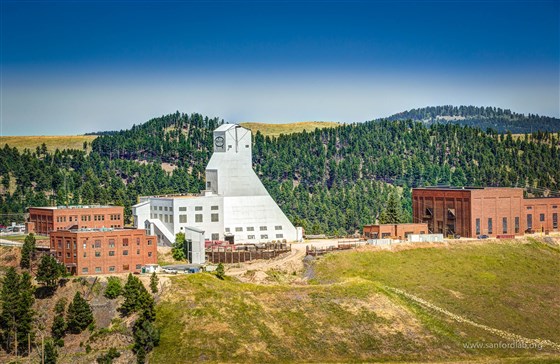
Neutrinos are everywhere but they never interact with anything that they encounter. This means that DUNE will generate vast numbers of neutrinos and antineutrinos and focus them on the beams which are of high intensity. The detector in the Sanford Underground Research Facility in Lead is the largest in the world. It consists of 70,000-ton vat of liquid argon. The atoms of argon are very tightly packed, so the beam of neutrinos are expected to collide with the atoms instead of passing between them. Every collision that happens, will help scientists determine whether the neutrinos and antineutrinos have changed their type or not.
Each beam will take four milliseconds to travel from Illinois to Chicago. The accelerator of DUNE will send the beams once in every few seconds. If neutrinos change more rapidly than antineutrinos, then the scientists can be confident about their theory that neutrino decay helps to explain the presence of matter in the universe. The scientists also admit that they might see something very difficult as well. Lockyer said, “Over time we’re going to count the numbers of each charged particles we get from the neutrino beam and the antineutrino beam, and if those numbers are quite different, then it’s a big effect we’re looking at. But if there’s no difference at all, we might be chasing down the wrong street.”

